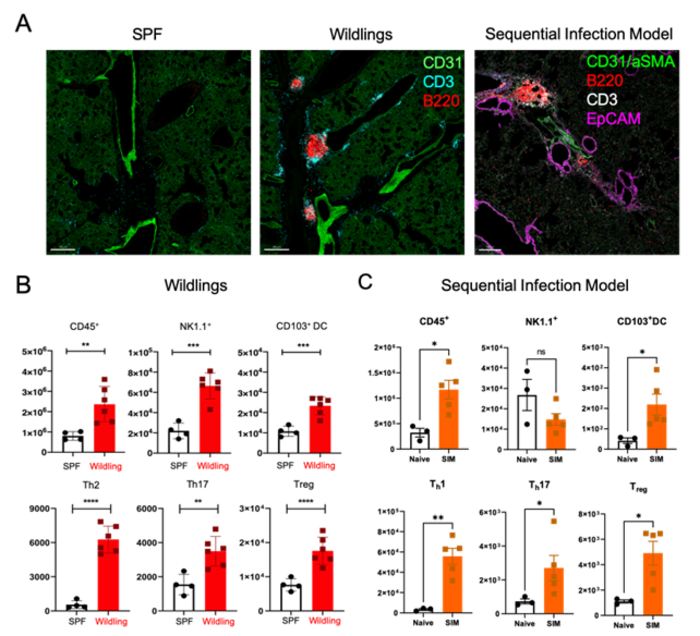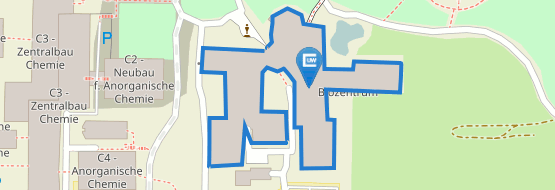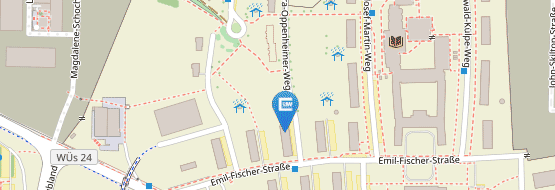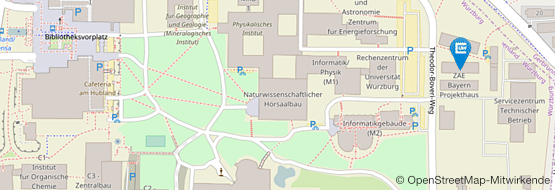A05
Mechanisms of infection control by pathogen-educated epithelial-immune cell circuits
A05 (Gasteiger / Grün) will investigate mechanisms of infection control by pathogen-educated epithelial–immune cell circuits, thus also connecting to barrier maturation. G. Gasteiger and D. Grün recently defined how helminth infections reorganise tissue-resident innate lymphoid cells in the lung. Here, they will explore how natural encounters with common pathogens (e.g., Epstein-Barr virus (EBV), cytomegalovirus (CMV), IAV) and the associated adaptations in barrier tissues and the immune system determine the response to subsequent infection. They will map the multicellular spatial and functional organisation of epithelial–immune cell circuits in the murine skin and lung and study ubiquitous (S. aureus) versus tissue-specific (IAV) pathogens to identify the mechanisms of infection control in pathogen-educated epithelial barrier organs.

Epithelial, stromal and immune cells form functional circuits that are shaped and reorganised throughout life through the natural exposure to infections. We hypothesise that the mechanisms underlying this physiologic cellular and molecular reorganisation represent targets for the future modulation of pathogen defence mechanisms in barrier tissues.
Aim 1: To define epithelial-stromal-immune cell adaptations to physiologic pathogen encounter. We will perform in-depth multimodal analyses to resolve tissue cell type architecure and to identify network adaptations in pathogen-experienced lungs.
Aim 2: To identify mechanisms of resistance and tolerance to infection in pathogen-experienced tissues. We will investigate how previous pathogen-experience determines the network response to subsequent, unrelated infections. Our aim is to identify critical cellular interactions that determine infection control and outcome.
Aim 3: To identify molecular decision points in human tissues. To understand the mechanisms that regulate pathogen-experienced human tissues we will leverage the expertise of the consortium and perform integrative comparative analyses of our experimental data with data obtained in human epithelial infection models.








